Waterborne synthetic leather is considered a lower-cost alternative to genuine leather. It is manufactured by integrating a woven or non-woven fabric with polyurethane dispersion. The method may be dry or wet depending on the process and materials used.
Materials
The following materials are used for manufacturing waterborne synthetic leather.
- Polyoxytetramethylene glycol with a density of 1.38g/cm3. It was dehydrated with a vacuum prior to its use.
- Nylon with a density of 1.15g/cm3 is used as it is.
- Isophorone diisocyanate (IPDI), 1,4-butanediol (BDO), 1-methyl-2-pyrrolidone (NMP), and acetone are also used after dehydration.
- Waterborne polyurethane, disodium monolauryl sulfosuccinate, and ammonium stearate are the rest of the chemicals and materials required by this process.
- You can purchase a non-woven microfiber, or you can synthesizeyour own microfiber.
Production,Process and Investment
There are two types of synthetic leather: polyvinylchloride (PVC) leather and polyurethane (PU) leather. PVC leather is manufactured by adding dyes and plasticizers to the fabric to give it flexibility. Whereas, PU synthetic leather is widely used and involves coating cotton with polymer. PU synthetic is more breathable and an ideal component for garments.
It is made by laminating polyurethane finish to a base material. The base material typically includes nylon, cotton, or rayon.
Unlike PVC leather, the artificial grain on PU leather is uniform and gives it the appeal of real leather. The PU leather is treated to make it look like real animal skin.
The investment varies according to production capacity, the cost of raw materials, the type of machinery you are purchasing, and whether you are selling in domestic markets, or to international markets.
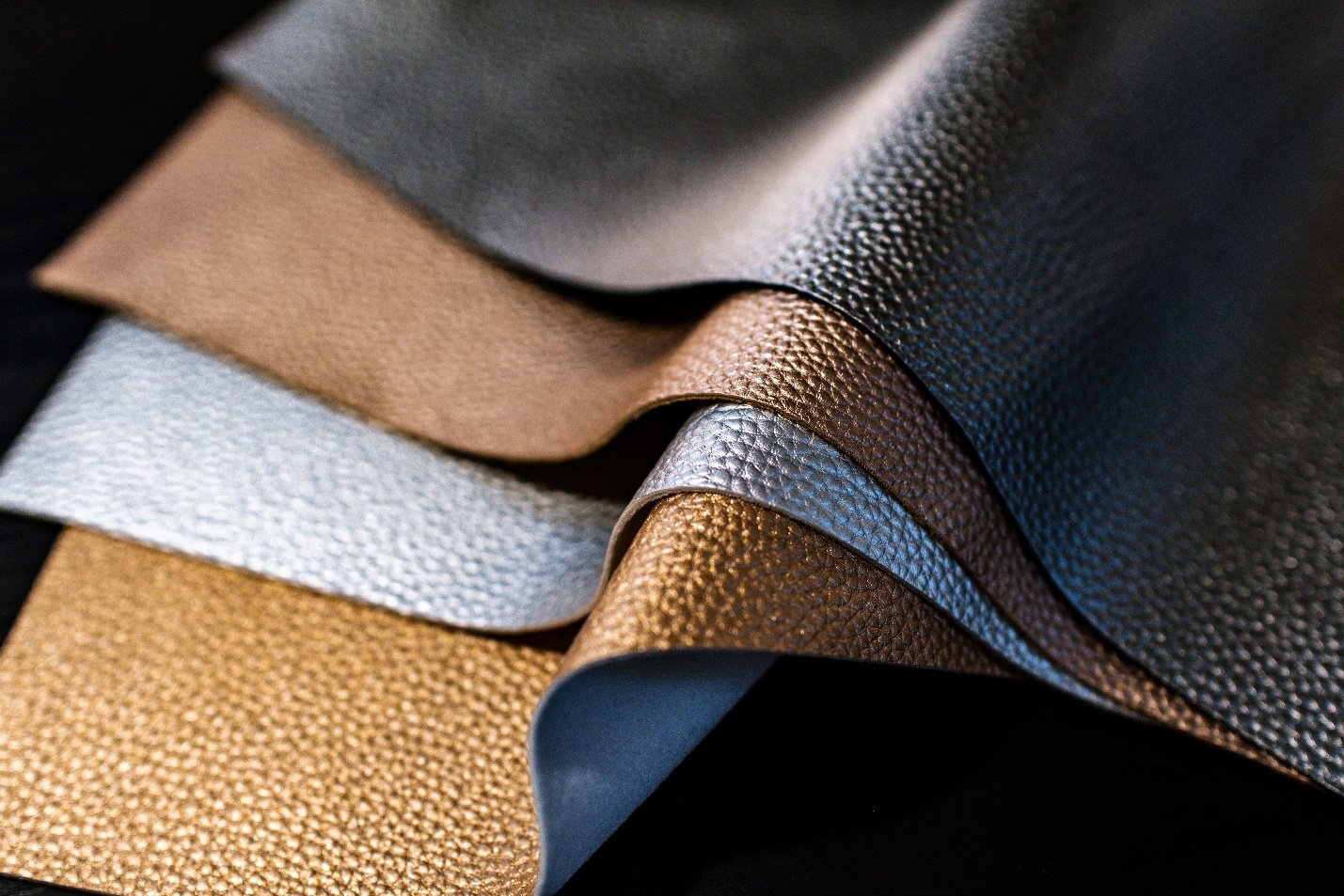
Eco-Friendly
To give the fabric elasticity of genuine leather, the polyamide fiber is dipped in the polyurethane solution containing Dimethylformamide (DMF) while manufacturing waterborne synthetic leather. DMF ensures the production of porous fabric and gives the final product a feel of natural leather. However, workers exposed to DMF are at high health risks. DMF can be easily absorbed in the bloodstream and gastrointestinal tract through the skin and lungs. Overexposure to DMF can cause severe kidney and liver damage to the workers.
Furthermore, a significant level of DMF discharges is released in water and the atmosphere which poses health risks to residents living around the manufacturing industries.
The waterborne polyurethane solution is a feasible alternative to DMF solutions, and the manufacture of waterborne synthetic leather is DMF free. The manufacture of DMF-free PU synthetic leather is a more eco-friendly and healthy option for workers and residents alike.
PUDs products meet the demands for eco-friendly process of various industrial factory. SIWO-US specializes in manufacturing waterborne polyurethane for wood coatings.
Contact them to avail their services.



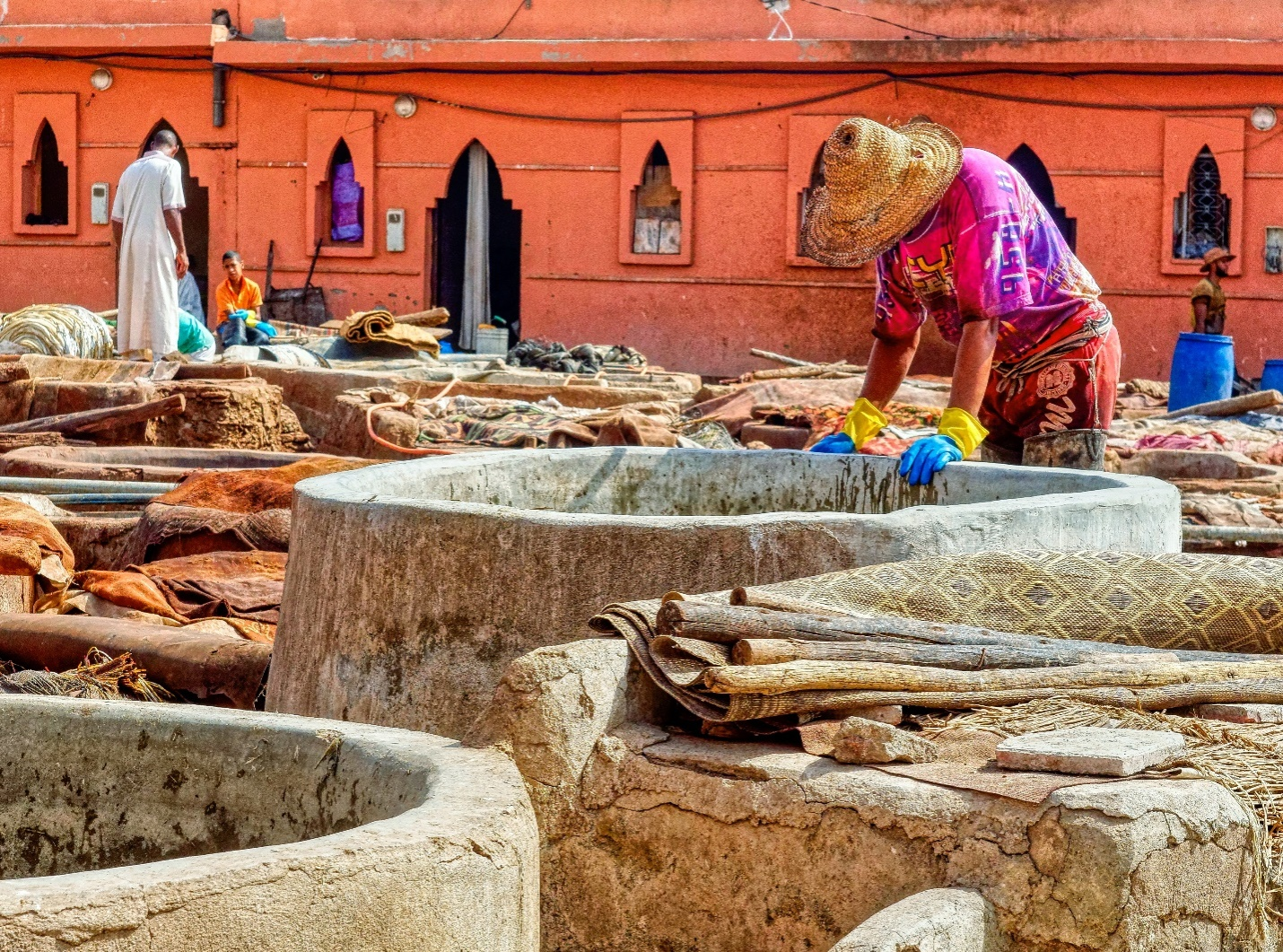
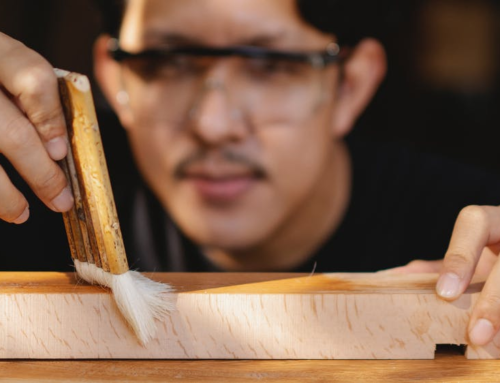

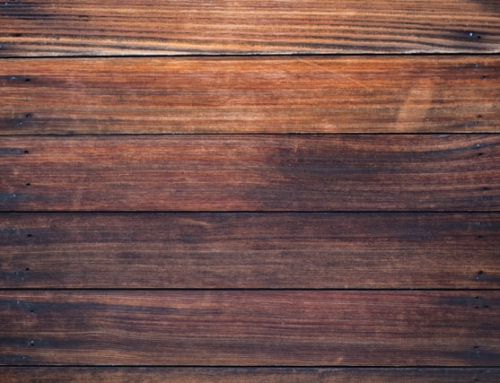

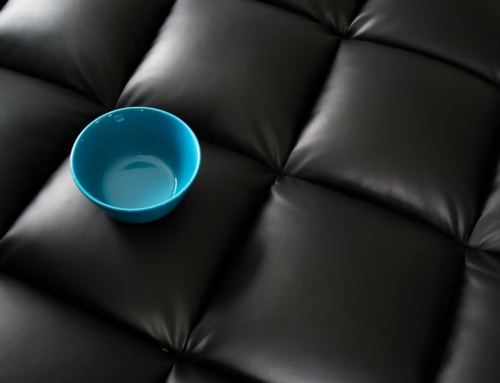
Leave A Comment